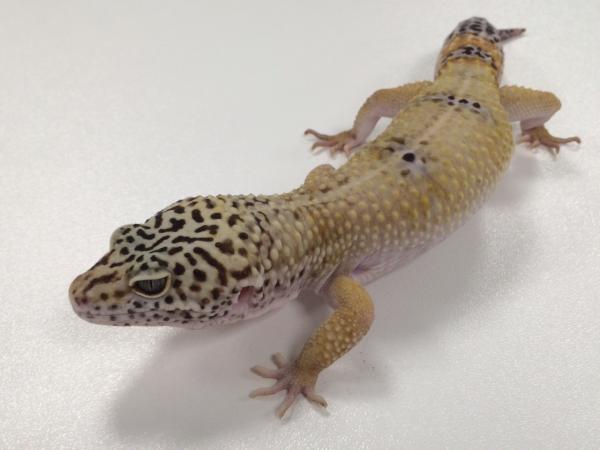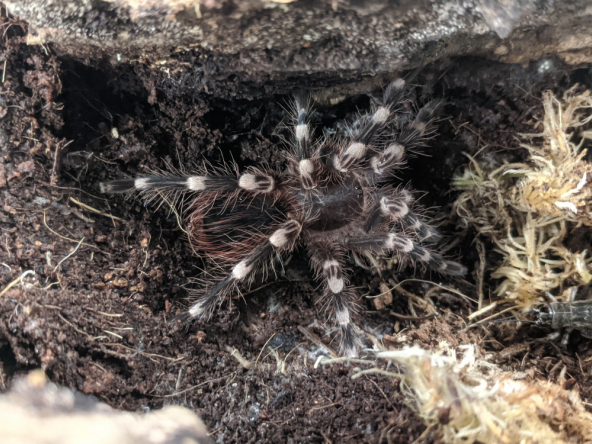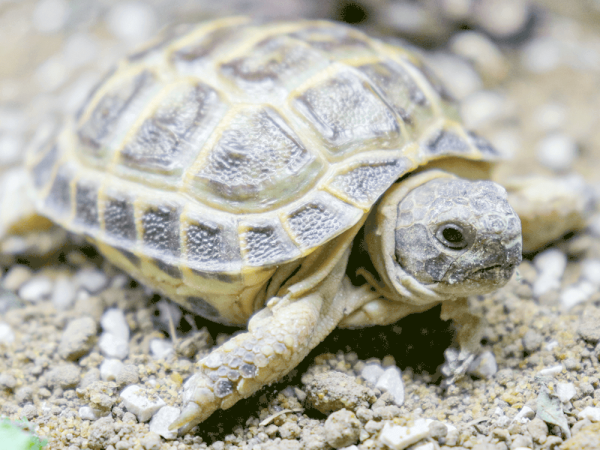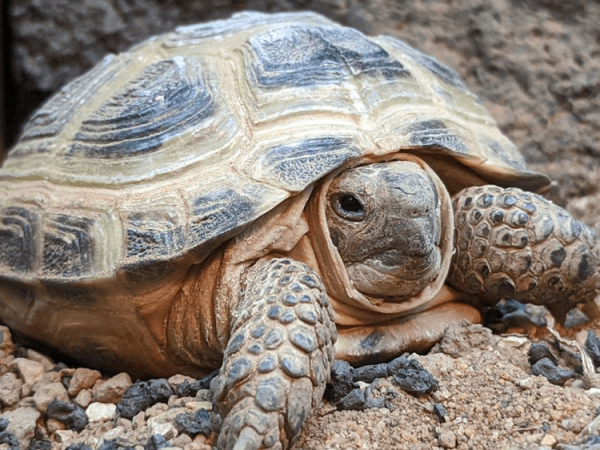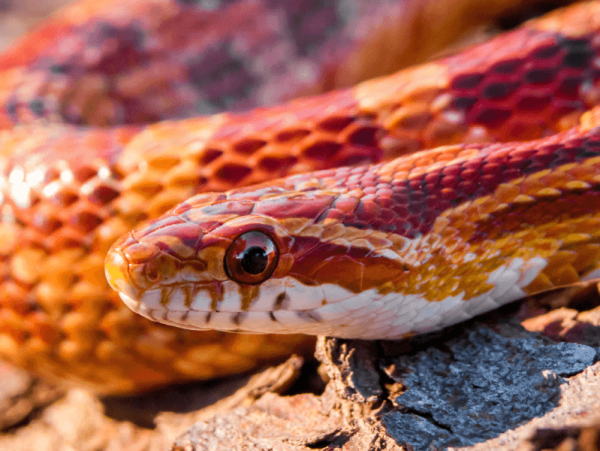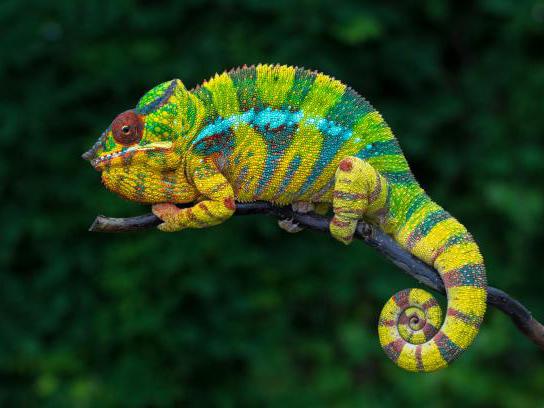Optional extras
Leopard gecko, Eublepharis macularius, heating guide
Still one of the most popular reptiles to keep in the UK, and still growing too, at Swell UK we get plenty of calls about what the ideal heating setup for a Leopard gecko looks like.
Fair enough! It's an important question, so let's run through the basics of heating when it comes to Leopard Gecko care.
Like most reptiles, leopard geckos originate from much warmer climates than can be regularly found here in good old rainy Britain, and so keepers of leopard geckos need to create a suitable amount of heat to replicate their natural habitat, allowing them to efficiently thermoregulate for health and well being.
Leopard Geckos and heating equipment
Fortunately, with leos this is pretty easy, and a big contributing factor in their popularity with those new to reptile keeping (best to keep things simple at first, working your way up before you try to take care of Godzilla).
But before you even take a look at heating equipment, it's important to get the housing right. Housing is a massive part of heating because different materials insulate heat better than others. For a leopard gecko, we recommend a well ventilated wooden vivarium that is perfect for dry heat and well-insulated instead of plastic or glass terrariums.
Leopard geckos aren't big fans of basking like bearded dragons are. Much smaller and more of a prey species in terms of their natural pecking order, they don't tend to lie around waiting to get eaten. This has meant that they have evolved to grab their heat from below, on their underside.
For this reason, we recommend a heat mat as a source of adequate heat. Ideally, this should cater for around half the vivarium, allowing your leo to choose whether it wants to be warmer or colder.
Ideally, a heat mat controlled by a reputable mat-stat thermostat is recommended, turning the matt on and off to maintain an even temperature. A sand substrate is recommended as a barrier so your reptile doesn't burn itself, or you can place the matt on the side of the vivarium too, the choice is yours and there is much debate about the best way to go about things.
Monitoring temperature
A thermometer, either digital or analogue is needed as a backup but remember no technology is 100% perfect, especially over time, so its good to be able to check the temperature yourself from time to time, ensuring you aren't overheating your reptile, or under heating either.
Try to play around with your thermostat so your vivarium temperature on the warm side (the side with heating equipment) is around 32 Degrees C, and around 22-24 degrees on the cold, allowing your gecko the choice.
If you spot people keeping a leopard gecko with what appears to be heating equipment in the form of lights, this can be accomplished too, heating the ground up during the day, however, this quickly cools at night when you gecko is likely to come out of their hide, and therefore a mat is a better option.
It could be that what you are looking at is actually a daylight UV bulb. This can be used in conjunction with your heat mat too, potentially to great effect.
Primarily night dwellers, leos don't require much UV, but a 2 percent bulb switched on during daylight hours (either operated manually, on a timer or with a day/night switch) can help simulate a day-night cycle, helping your reptile feel more at home, and giving them a little UV light for vitamin D3 when they do occasionally venture out.




